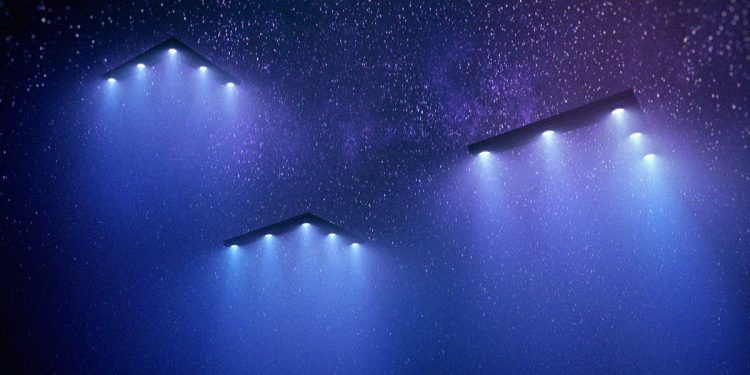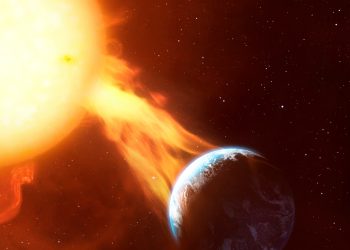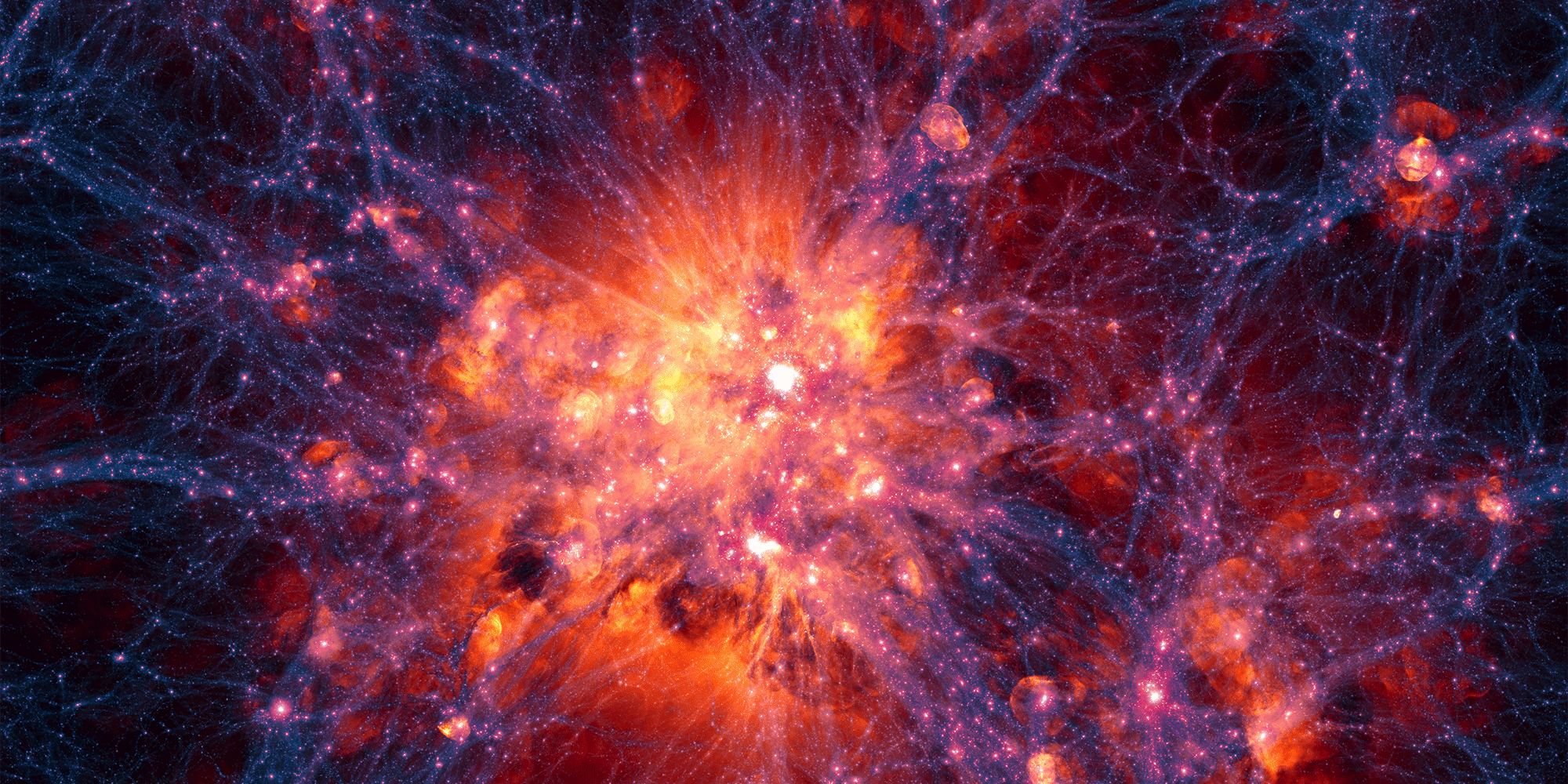Humans Will Encounter Highly-Advanced Alien Probes. This is what a new study published in the International Journal of Astrobiology suggests.
If the human race does not go extinct within the next few centuries, we are likely to enter a golden technological era. We are getting better and better at building telescopes and spacecraft and exploring outer space. Eventually, hopefully, and with a bit of luck, we will become an interstellar species. Hopefully, we will colonize other worlds in the solar system and leave our mark in the stars. But before we go out and send crewed spaceships into the outermost parts of the solar system and eventually the galaxy, we will send out probes. We already have, like the Pioneer 10 spacecraft and Voyager missions. These were models that were old. They are half a century old. Our newer models are much more advanced, faster, and more durable. And this is likely the same thing with another advanced alien civilization. And if this hypothetical alien civilization evolved on their home planet billions of years before humans did, then the likelihood of them building super-advanced spacecraft is extremely high.
Humans Will Probably Encounter Highly-Advanced Alien Probes
Just as we will eventually, one day, send out advanced spacecraft into the galaxy, an alien civilization that developed long before humans may have already done so. Some of these spacecraft could make their way into our solar system. In fact, in 2017, Harvard astronomer professor Avi Loeb offered tantalizing evidence that the interstellar object ‘Oumuamua was an alien spacecraft. In a scientific study published in the International Journal of Astrobiology by the University of California, Santa Cruz, astronomer Graeme Smith argues that humankind will likely encounter highly-advanced alien probes.
“If an object sent by an interstellar ETC were to enter the Solar System, chances are it would not be a relic artifact that is perhaps analogous to a time-worn Voyager-like probe, but rather one might expect a vehicle of much greater sophistication, even if it were no longer functioning,” explained Smith.
First encounter
As I have written in previous articles, it is very unlikely that our first encounter with aliens will involve little green men flying around in disk-shaped, classically depicted UFOs. The first encounter with aliens will likely be either extraterrestrial defunct space trash or some sort of alien probe, perhaps equipped with a kind of alien AI. There is even a chance that some of the objects we have seen flying in our skies, like the UFOs encountered by Navy Pilots off the coast of the United States, were alien probes. This is a chance, and we don’t know. But there are agencies that are working to find out. NASA has a UFO team in place, studying potential extraterrestrial objects. And so does the Pentagon. Professor Avi Loeb is in charge of the Galileo Project. Given how much attention we are now giving to the UFO subject, it is likely that we will have answers about whether or not we are dealing with extraterrestrial spacecraft in the next decade. Within the next decade, we will probably have enough scientific evidence to make an educated guess of whether the objects in our skies are not of this world. And as we wait for the first encounter, chances are that when we do find tantalizing evidence of aliens, the first counter will be with highly-advanced alien probes.
What will happen thereafter is another mystery w are eager to explore. So, remember, the truth is out there.
Have something to add? Visit Curiosmos on Facebook. Join the discussion in our mobile Telegram group. Also, follow us on Google News.











